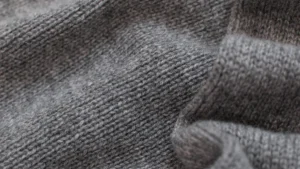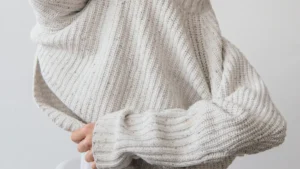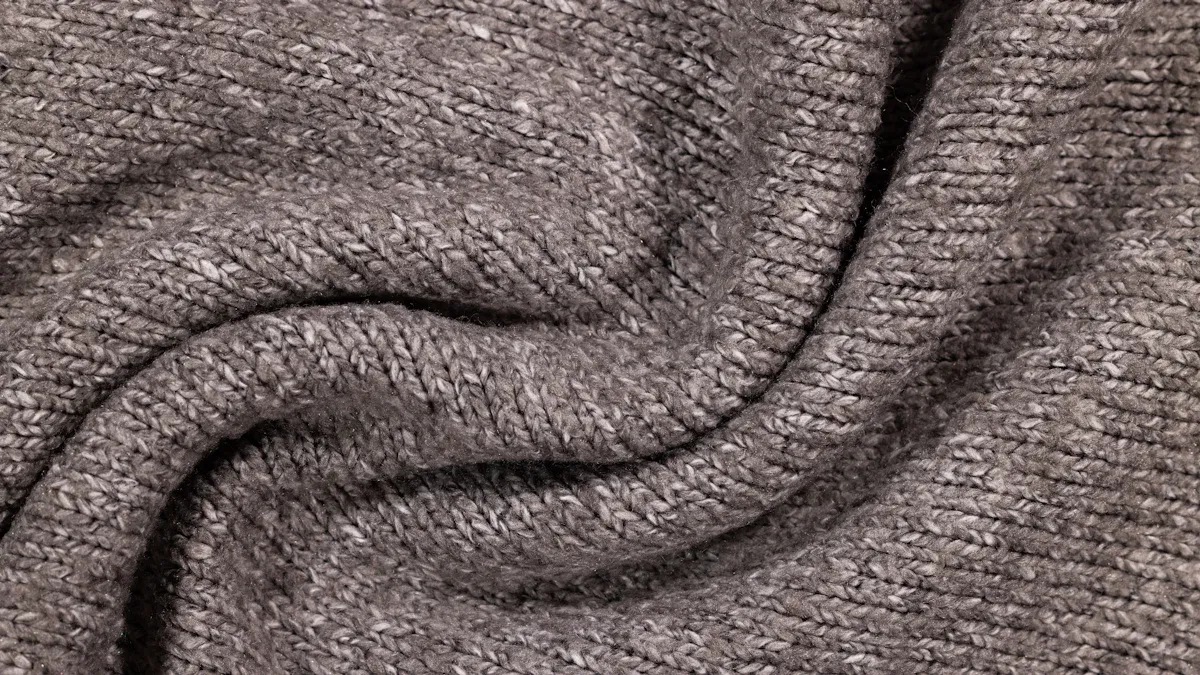
Ultra fine merino wool features fibers thinner than 17.5 microns, with most fibers ranging between 11.5 and 15 microns. You can truly feel how soft and smooth ultra fine merino wool is, making it an excellent choice for people with sensitive skin. Scientists explain that the thin and flexible fibers of ultra fine merino wool cause less itching and don’t poke like thicker wool does. Dermatologists have found that ultra fine merino wool helps individuals with eczema feel more comfortable. This fabric offers everyday comfort, high performance, and a luxurious feel.
Key Takeaways
Ultra fine merino wool has very thin fibers. These fibers are between 11.5 and 15 microns. This makes it the softest wool for sensitive skin. It feels gentle and smooth to touch.
This wool mostly comes from Merino sheep. These sheep live in Australia and South Africa. Ultra fine merino wool is rare. This makes it more valuable and very comfortable to wear.
Ultra fine merino wool keeps you dry and comfy. It pulls moisture away from your skin. It also helps control your body temperature. It works in both hot and cold weather.
This wool fights odors naturally. You can wear it longer without washing. This saves you time and helps the environment.
To get the best wool, look for special certifications. These include Responsible Wool Standard and Woolmark. Follow gentle care steps to help your wool last longer.
What Is Ultra Fine Merino Wool
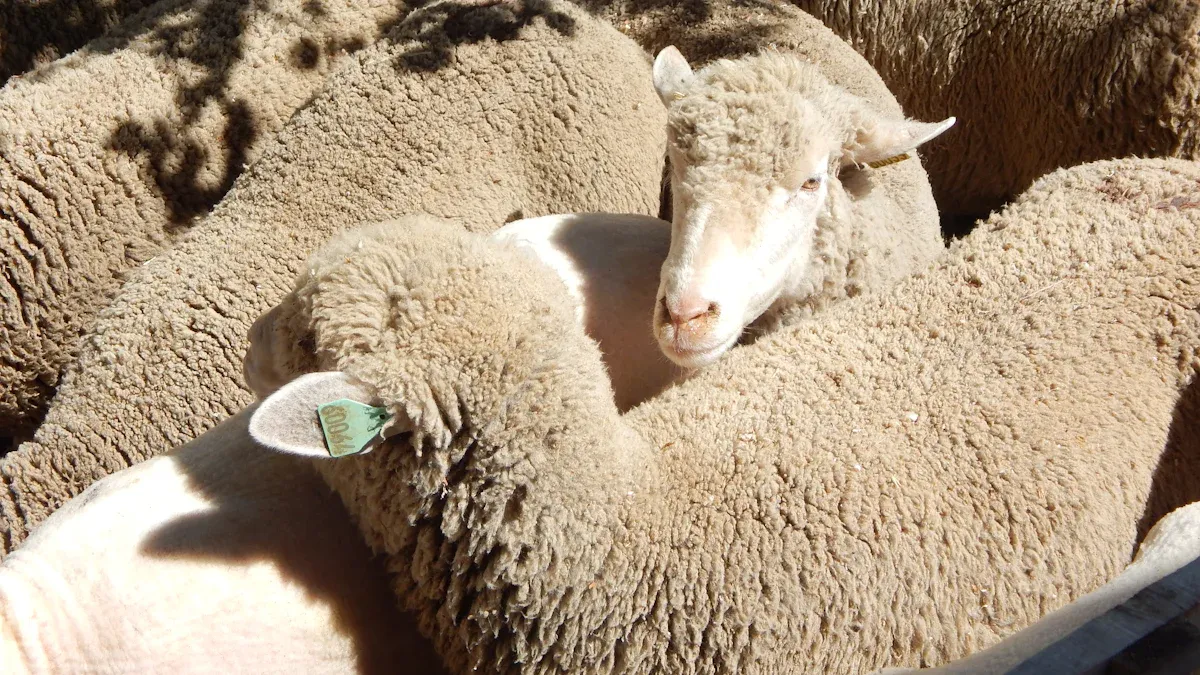
Fiber Diameter
Wool fibers are measured by how thick they are. The unit used is called a micron. One micron is very, very small. If a fiber is thinner, it feels softer on your skin. Ultra fine merino wool has fibers between 11.5 and 15 microns. This makes it much softer than most other natural fibers. Regular merino wool is thicker. Other wool types can feel rougher.
Here is a table that shows the thickness of different wool types:
Wool Type | Micron Diameter Range (μm) |
|---|---|
Ultra-fine | 11.5 – 15 |
Superfine | 15 – 18.5 |
Fine | 18.6 – 19.5 |
Medium wool | 19.6 – 22.9 |
Strong wool | 23 – 24.5 |
Ultra fine merino wool is the softest in this group. Thinner fibers do not scratch or bother your skin. This is why it is great for clothes that touch your body. It is also good for baby clothes.
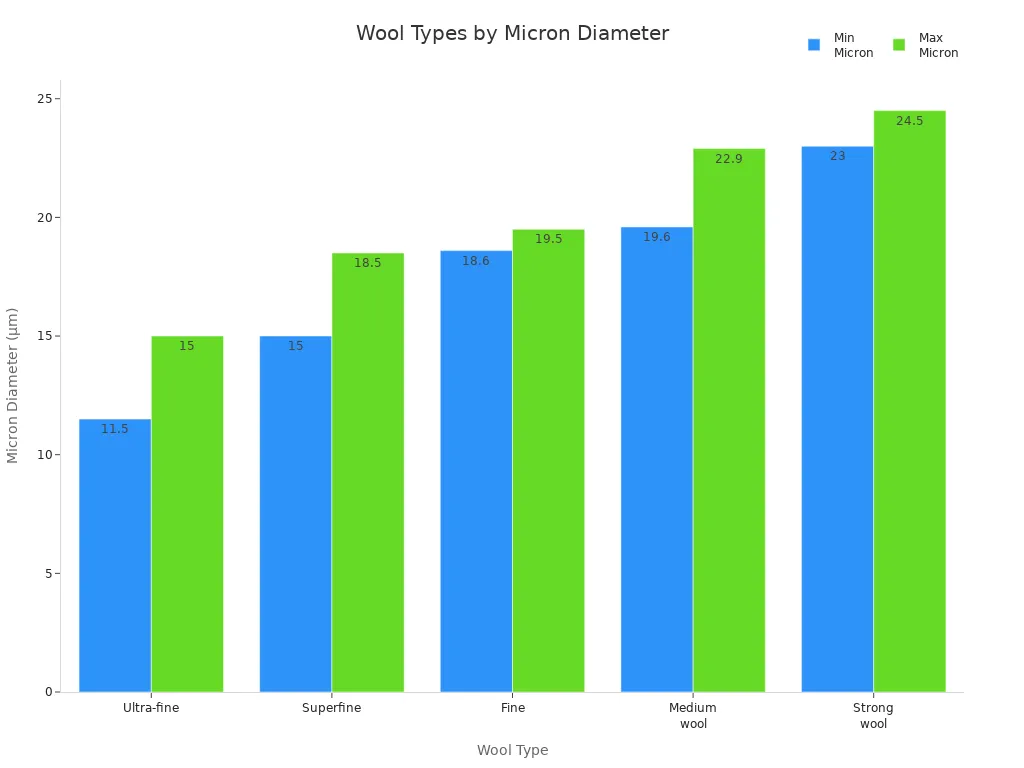
Source and Rarity
You may wonder where ultra fine merino wool comes from. Most of it comes from Merino sheep in Australia and South Africa. Australia makes most of the world’s Merino wool. The Merino sheep first came from Spain. Now, Australia and South Africa make the finest wool.
Aspect | Details |
|---|---|
Main regions | Australia, South Africa, Spain (origin) |
Merino wool share of world production | About 40% |
Rarity and value | Ultra-fine Merino is rare and commands premium prices |
Some countries try to make better wool by mixing their sheep with Merino sheep.
Only a few sheep can grow ultra fine merino wool.
Because it is rare, it costs more. But it feels very soft and comfortable.
Tip: If you want the softest wool, pick ultra fine merino wool. It is rare and feels great on sensitive skin.
Grading
Micron Scale
You can understand wool quality by looking at the micron scale. The micron scale measures the thickness of each wool fiber. Lower micron numbers mean finer and softer wool. Three main grading systems exist: the American Blood Grade System, the Spinning Count System, and the Micron System. Today, most people use the Micron System because it gives the most precise results.
Here is a table that shows how wool grades match up with their micron ranges:
Wool Grade Category | Spinning Count Grade | Micron Range (microns) |
|---|---|---|
Ultra Fine (Fine) | Finer than 80’s | Less than 17.70 |
Fine | 80’s | 17.70 – 19.14 |
Fine | 70’s | 19.15 – 20.59 |
Fine | 64’s | 20.60 – 22.04 |
Medium (1/2 Blood) | 62’s | 22.05 – 23.49 |
Medium (1/2 Blood) | 60’s | 23.50 – 24.94 |
Medium (3/8 Blood) | 58’s | 24.95 – 26.39 |
Medium (3/8 Blood) | 56’s | 26.40 – 27.84 |
Medium (1/4 Blood) | 54’s | 27.85 – 29.29 |
Medium (1/4 Blood) | 50’s | 29.30 – 30.99 |
Coarse (Low 1/4) | 48’s | 31.00 – 32.69 |
Coarse (Low 1/4) | 46’s | 32.70 – 34.39 |
Coarse (Common) | 44’s | 34.40 – 36.19 |
Very Coarse (Braid) | 40’s | 36.20 – 38.09 |
Very Coarse (Braid) | 36’s | 38.10 – 40.20 |
Very Coarse (Braid) | Coarser than 36’s | Greater than 40.20 |
You will find ultra fine merino wool at the very top of this chart. It has a micron count below 17.5, which means it is the softest and finest. This grade is perfect for base layers and baby clothing because it feels gentle on your skin.
Note: Wool above 30 microns can feel itchy, but ultra fine merino wool is much softer and less likely to irritate sensitive skin.
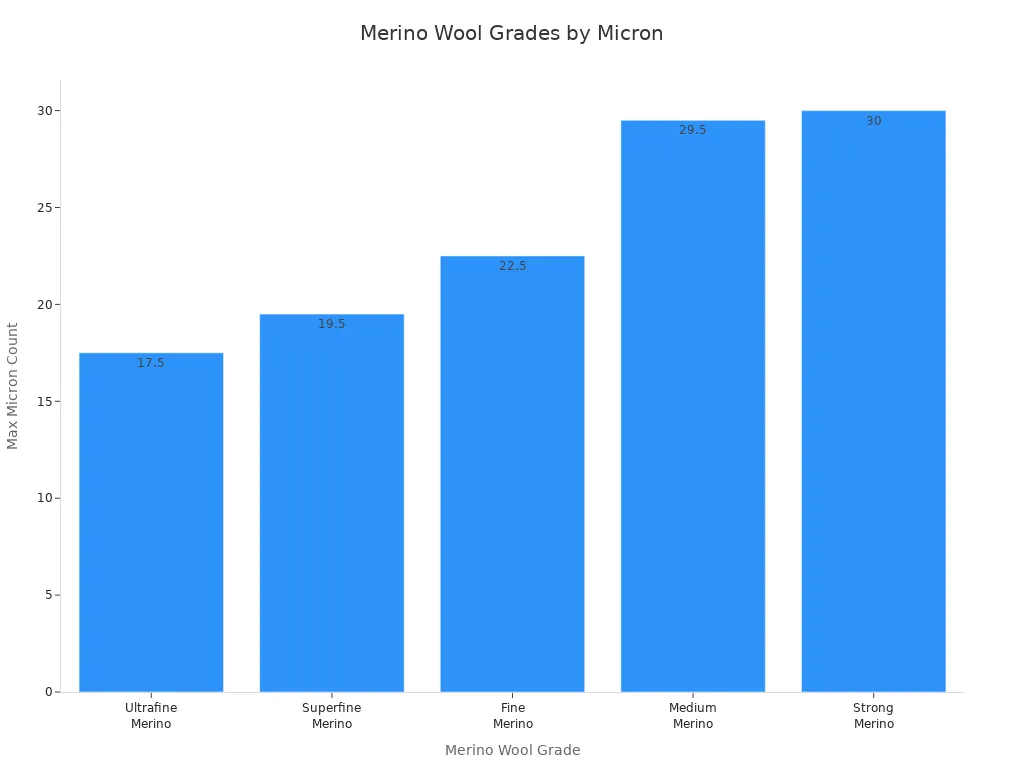
Comparison to Other Wools
When you compare ultra fine merino wool to other types of wool, you notice a big difference in softness and comfort. Laboratory tests show that ultra fine merino wool has a much finer fiber diameter and better fiber shape than regular merino or standard sheep wool. You will feel the difference right away. Ultra fine merino wool feels smooth and gentle, while regular wool can feel rough or scratchy.
Merino wool, especially in ultra fine and superfine grades, stands out for its softness and flexibility. Regular sheep wool is thicker and stronger, but it does not feel as nice against your skin. Many people with sensitive skin or conditions like eczema choose ultra fine merino wool because it is less likely to cause itching or discomfort.
Here is a quick comparison:
Ultra fine merino wool: Less than 17.5 microns, extremely soft, best for sensitive skin and luxury wear.
Superfine merino wool: 17.5–19.5 microns, soft and good for everyday clothing.
Regular wool: Often above 30 microns, strong but can feel itchy.
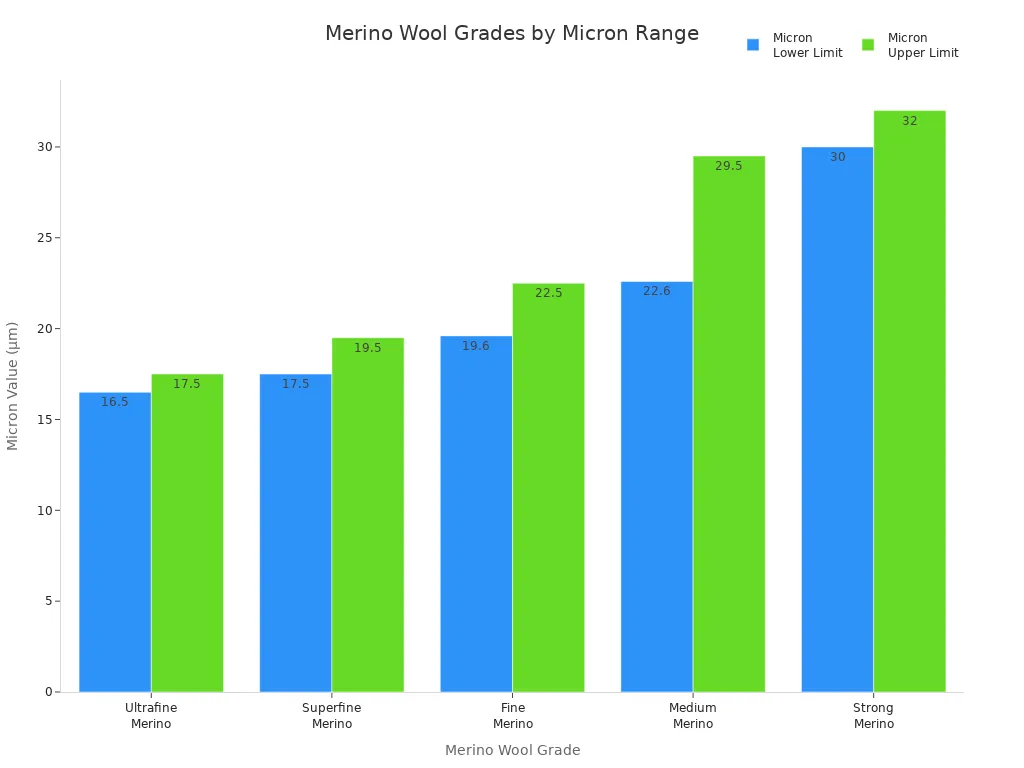
Tip: If you want the softest and most comfortable wool, look for products labeled as ultra fine merino wool. Your skin will thank you!
Ultra Fine Merino Wool Qualities
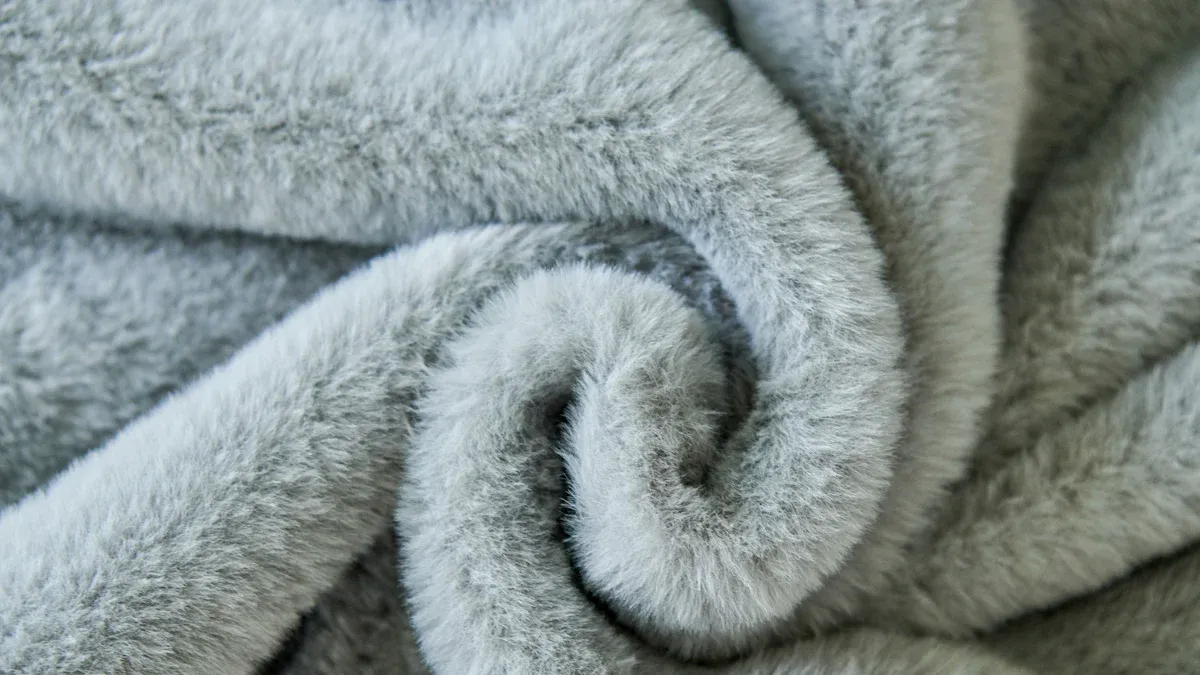
Softness and Comfort
When you touch ultra fine merino wool, it feels very soft. The fibers are much thinner than regular wool. This makes them gentle and smooth on your skin. Scientists use special tests to check how soft the fiber is. They also look at things like fiber crimp, scale shape, and how much moisture the fiber holds. People in studies say ultra fine merino wool feels softer than alpaca, cashmere, or regular merino.
Tests show ultra fine merino wool is softer than other animal fibers.
Most people feel less itch and more comfort with ultra fine merino wool.
Fine merino wool does not cause the prickly feeling that rougher wool does.
If you have sensitive skin or eczema, this wool can help stop irritation. Doctors found that people with atopic dermatitis feel less itch and pain when wearing fine merino wool. The fibers do not poke your skin, so you stay comfortable all day.
Tip: Pick ultra fine merino wool for base layers, underwear, or baby clothes if you want the softest and most comfortable choice.
Breathability and Moisture Wicking
Ultra fine merino wool keeps you dry and comfy by moving sweat away from your skin. The fiber has a water-repelling outside and a water-loving inside. This lets the wool soak up to one-third of its weight in moisture vapor without feeling wet.
Key Findings | Details |
|---|---|
Breathability Mechanism | Two-layer structure: water-repelling outside, water-loving inside |
Moisture Absorption | Soaks up to one-third of its weight in moisture vapor |
Microclimate Stability | |
Moisture Buffering | 96% better than polyester, 45% better than cotton, 26% better than viscose |
Human Trials | Keeps you comfortable when active or resting |
Practical Impact | Lowers body workload, boosts athletic performance |
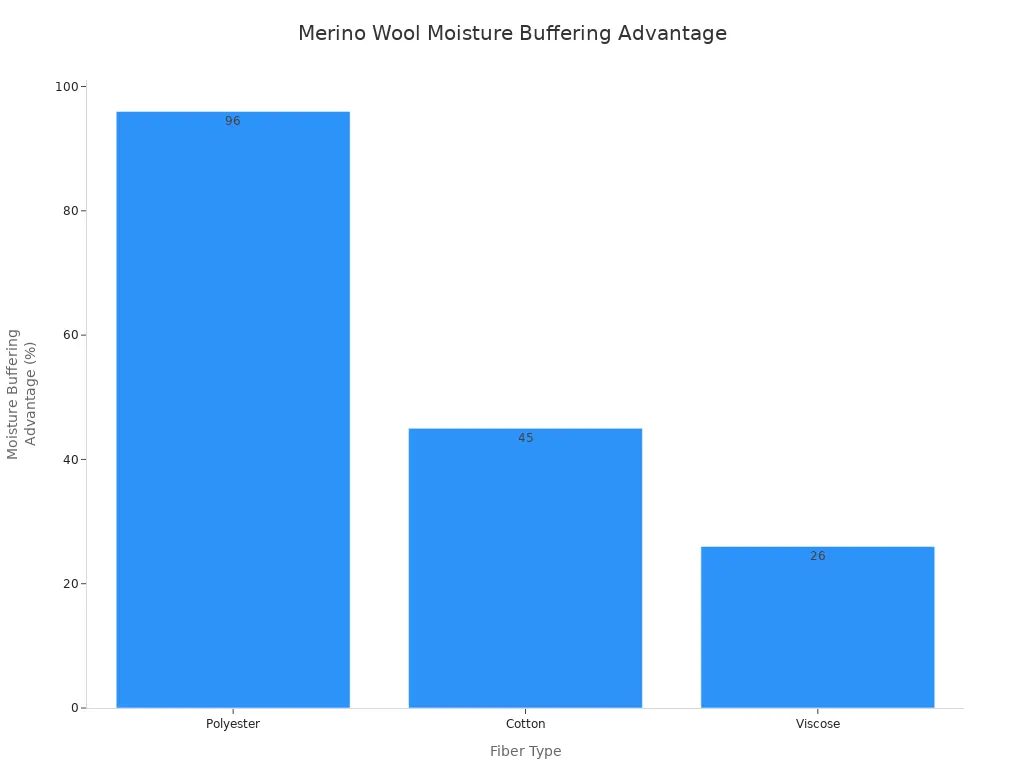
Merino wool dries faster than cotton and keeps you from feeling sticky. It also pulls sweat away, which helps stop blisters and chafing when you play sports or hike. Unlike synthetic fabrics, merino wool keeps you warm even when damp and does not trap bad smells.
Thermoregulation and Odor Resistance
Ultra fine merino wool helps your body stay at the right temperature in hot or cold weather. The fibers pull moisture vapor from your skin and let it out into the air. This cools you down when you are hot and keeps you warm when it is cold. Merino wool changes with your body’s needs, so it works well in different climates or when you are active and then resting.
Studies show merino wool helps you sleep better by keeping your body temperature steady. Older adults, who often have trouble with temperature changes, get help from this feature. The wool’s natural job to protect sheep from harsh weather also helps you stay comfy in any season.
Ultra fine merino wool also fights odor better than synthetic fabrics. The fibers are naturally antimicrobial, so they do not let bacteria grow and cause bad smells. Many people wear merino wool shirts for days without washing, even on long trips, and still notice little or no odor. Synthetic fabrics often trap sweat and start to smell after just one use.
Note: Merino wool’s odor resistance means you can wear it longer before washing, which saves time and water.
Durability and Performance
Ultra fine merino wool gives you both softness and good performance. The fine fibers make it very comfy, but they can be less tough than thicker wools. Pure merino clothes, especially lightweight ones, may get holes or pilling if you use or wash them a lot. Mixing merino wool with nylon or other synthetics can make the fabric last longer.
Pure ultra fine merino wool is best for base layers and clothes worn close to your skin.
Blended fabrics (like 90% wool and 10% nylon) are stronger and last longer.
Brands like Icebreaker and Ibex often make tougher merino products.
You also get other good features:
Wrinkle resistance: The natural crimp and stretch of merino fibers help clothes keep their shape and not crease. You can pack merino clothes in a bag, and wrinkles will go away after you hang them up.
Quick-drying: Merino wool dries faster than cotton and many other natural fibers. Polyester may dry a bit faster, but merino gives better comfort and moisture control.
UV protection: Merino wool blocks more UV rays than cotton, nylon, or silk. Many merino clothes have UPF ratings of 30 or higher, giving you good to excellent sun protection.
UPF Rating | Protection Level | UV Transmission Allowed |
|---|---|---|
15 | Minimum | ~6.7% |
30 | Good | ~3.3% |
50+ | Excellent | ≤2.0% |
Biodegradability: Ultra fine merino wool breaks down naturally in soil and water. Studies show even machine-washable merino wool breaks down fully, leaving no microplastics behind. This makes it better for the environment than synthetic fibers.
Tip: Wash your merino clothes less often and follow care tips. This will help them last longer and keep working well.
Why Ultra Fine Merino Wool Stands Out
Everyday Benefits
When you wear ultra fine merino wool, you feel the difference. This fabric is soft and comfortable every day. Many people like it because it does not itch. You can wear it all day and feel good. The fibers let your skin breathe and move sweat away. This keeps you dry and cool. In summer, you stay cool. In winter, you stay warm. The wool changes with your body’s needs.
Here are some top reasons people like it:
It is very light and soft, so it feels nice on your skin.
It lets air in and moves sweat out, so you stay dry.
It does not smell bad, even if you wear it for days.
It helps you stay warm or cool, depending on the weather.
It does not wrinkle much, so you can pack it easily.
You can use it for sleep, sports, work, or travel.
Benefit | Description |
|---|---|
The soft fibers make it comfy and not itchy for all-day wear. | |
Warmth & Temperature Reg. | The wool traps heat and keeps you warm or cool in any weather. |
Moisture Wicking & Breathability | It pulls sweat away, dries fast, and lets air flow to keep you dry. |
Odor Resistance | The fiber stops bad smells, so you can wear it for many days. |
Durability | Light merino can wear out faster, but thicker clothes and socks with nylon last longer. |
You can wear ultra fine merino wool for many things. It works for work, sports, or just relaxing. You do not have to wash it often, so you save time and water.
Choosing the Best
When you buy ultra fine merino wool, you want good quality. Experts say to check three things: how it feels, how it looks, and how it works. The fabric should feel soft and smooth, not rough. Look at it in good light to see if there are holes or bad spots. Good wool does not have these problems.
How it works is important too. Good wool keeps its shape and does not get fuzzy or weak after washing. Do not just look at the micron number. How the wool is made and finished matters a lot.
You should also look for special labels. These show the wool is real and made with care:
Certification Name | Focus Areas and Criteria | Consumer Assurance |
|---|---|---|
Treats sheep well and cares for the land | Shows the wool comes from happy sheep and good farms | |
NATIVA Certification | Tracks the wool, cares for animals and workers | Makes sure the wool is real and follows strict rules |
Woolmark Certification | Checks if it lasts, keeps color, washes well, and is real | Proves it is good quality and easy to trust |
Tip: Always look for these labels on the tag. They help you choose wool that is soft, strong, and made the right way.
You get many benefits when you choose this wool. It feels soft and gentle, even if you have sensitive skin or eczema. The fibers help your skin stay cool and dry. You do not need to worry about itchiness or allergies.
Remember: This wool breaks down in nature and does not pollute water with microplastics.
To keep your clothes looking new, wash with gentle detergent, lay flat to dry, and store folded. Try this wool for comfort, performance, and easy care.
FAQ
What makes ultra fine merino wool different from regular merino wool?
Ultra fine merino wool uses much thinner fibers. You feel more softness and less itch. This wool works better for sensitive skin. You get a smoother, more comfortable fabric.
Can you wear ultra fine merino wool in hot weather?
Yes, you can. Ultra fine merino wool breathes well and wicks away sweat. You stay cool and dry, even on warm days. Many people use it for summer shirts and travel clothes.
How do you wash ultra fine merino wool?
Use cold water and a gentle wool detergent. Wash by hand or use a delicate machine cycle. Lay flat to dry. Avoid bleach and high heat.
Tip: Always check the care label before washing.
Is ultra fine merino wool good for people with allergies?
Yes. Ultra fine merino wool resists dust mites and bacteria. You get fewer allergic reactions. Many people with eczema or sensitive skin choose this wool for comfort.
Does ultra fine merino wool shrink easily?
If you follow care instructions, ultra fine merino wool keeps its shape. Avoid hot water and dryers.
Note: Wool can shrink with heat or rough washing, so handle it gently.




